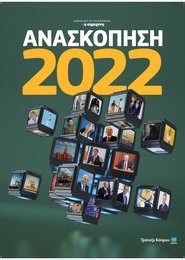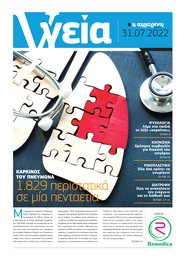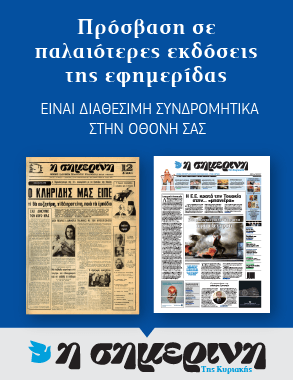The Ice Melts… in Alaska between the USA and Russia - Trump and Putin Set the Stage
How the European Union and Zelensky Are Caught in a Diplomatic Vise

The President of the United States, Donald Trump, and the President of Russia, Vladimir Putin, met in Alaska and, with a historic handshake, melted the ice that had existed between the two superpowers since the outbreak of the war in Ukraine. A new meeting may take place, this time in Russia, since President Putin proposed it and the American President did not rule it out. What is certain is that tomorrow (Monday), President Trump will meet in the United States with his Ukrainian counterpart, Volodymyr Zelensky, a development which shows that events are moving rapidly, along with pressure for a ceasefire, negotiations, and a final settlement of the Ukraine conflict.
The Diplomatic Front
On the diplomatic front in Alaska, held in two phases—one between the two leaders and another with their associates, namely Foreign Ministers Sergey Lavrov and Marco Rubio, as well as diplomats Wijkoff and Ushakov—the discussions focused on the conditions for a ceasefire and on ways of cooperation from now on, both between them and with NATO.
Characteristic was President Putin’s phrase that “our relations are turning a page,” and the statement of his American counterpart, Donald Trump, that he would speak with NATO leaders about major progress that should be achieved between the two sides.
Superpowers' Tango
It is well known that one of Moscow’s key conditions for a ceasefire and settlement of the Ukraine conflict is for Ukraine to remain neutral, meaning that it should not join NATO. Inevitably, the first issue discussed was the ceasefire, followed by settlement talks on the Ukraine conflict. On this point, President Trump stressed that the issue of territorial exchange is not his concern, but a matter for Russia and Ukraine.
Both sides set forth a series of conditions for negotiations. However, what has now become clear is that:
- • The united front of the EU, Ukraine, and the USA is breaking.
- • US-Russia relations are entering a new phase, and the intention of both leaders to proceed with economic cooperation in various sectors was evident.
Through these moves, President Trump seeks to “pull” Russia away from the embrace and dependence it has developed on China due to the war in Ukraine. At the same time, he is sending a message to the European Union that it bears the responsibility to contribute to ending the war by adopting a more flexible policy.
Another message was also sent, both substantive and symbolic: that the two superpowers are taking the first steps, and the others will follow. It was a move by the United States showing respect toward Russia and a step of genuine rapprochement, inaugurating new relations. Furthermore, the Trump-Putin meeting lifted President Putin out of international isolation, despite the arrest warrant pending against him from the International Criminal Court as a suspect for war crimes. This can be seen as a slap against the ICC, whose procedures President Trump had questioned from the outset, considering them to serve expediencies and interests.
The next step
Now, the next steps on the Ukraine issue are awaited, as decided by the leaders of the two superpowers. The question is how long President Zelensky and the leaders of the EU will withstand the pressures. If the war continues, they will be called upon to bear both political and economic costs in the new landscape—costs their peoples will not wish to endure. Nor will they want to find themselves trapped in the diplomatic vise that the Alaska meeting seems to impose upon them.



